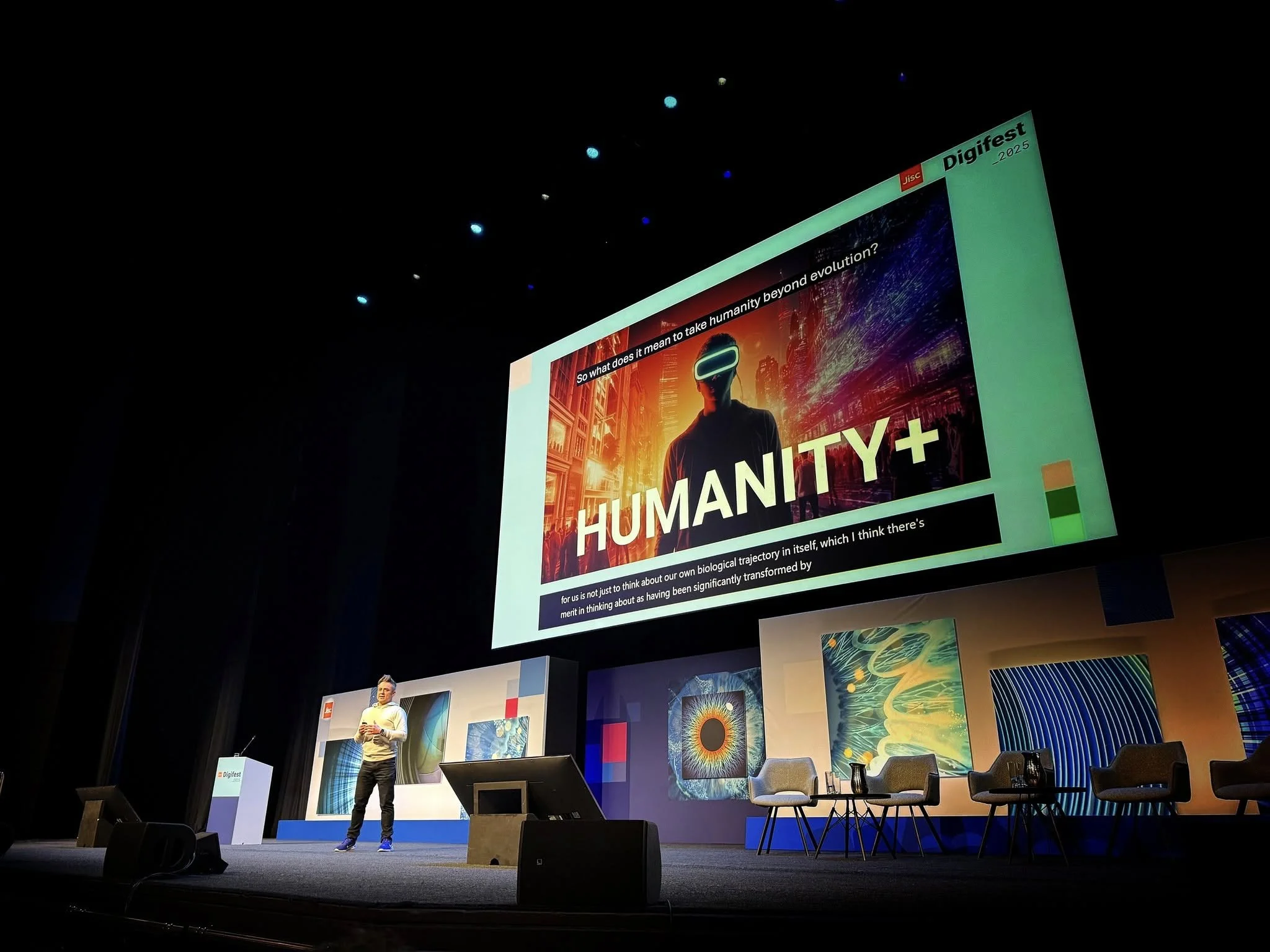
Make it stand out
What’s been happening?

Me and My Digital Twin
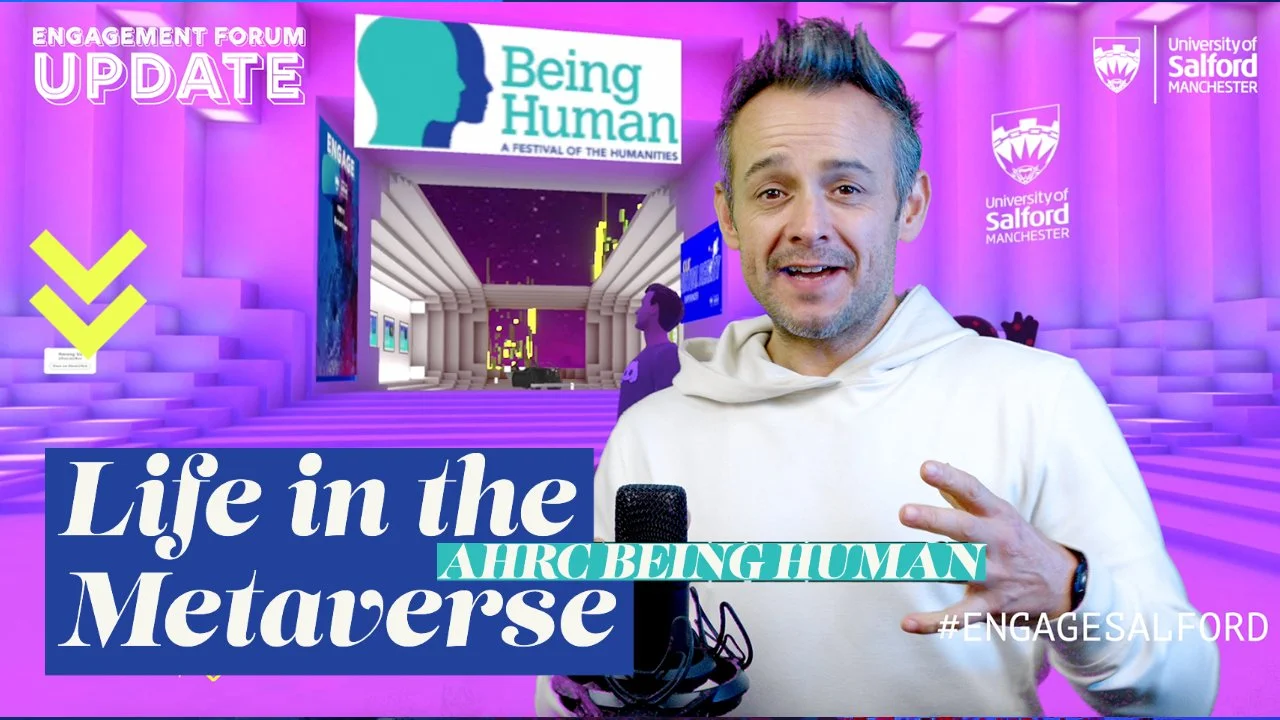
Life in the Metaverse #BeingHuman2022
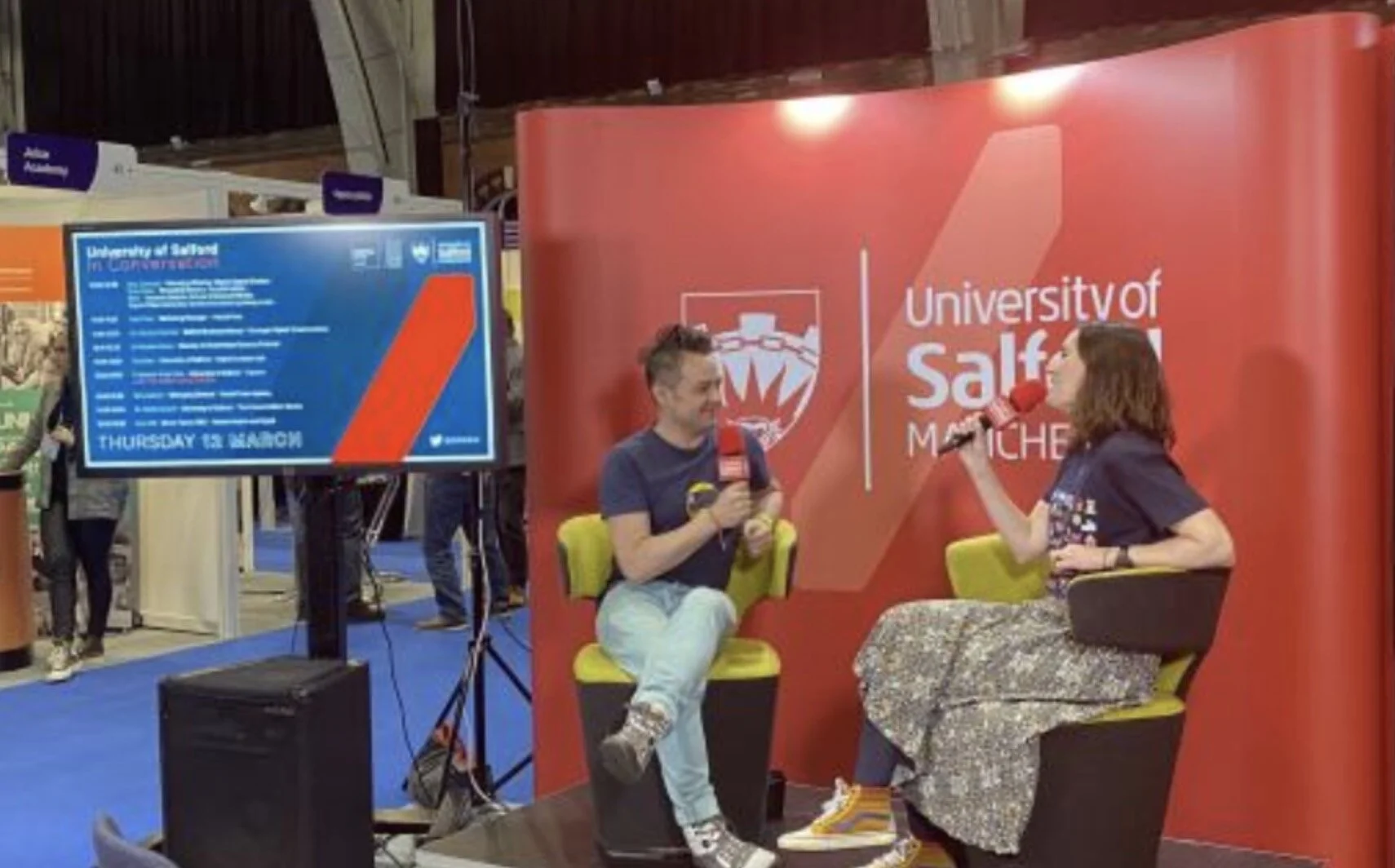
The Digital City Festival
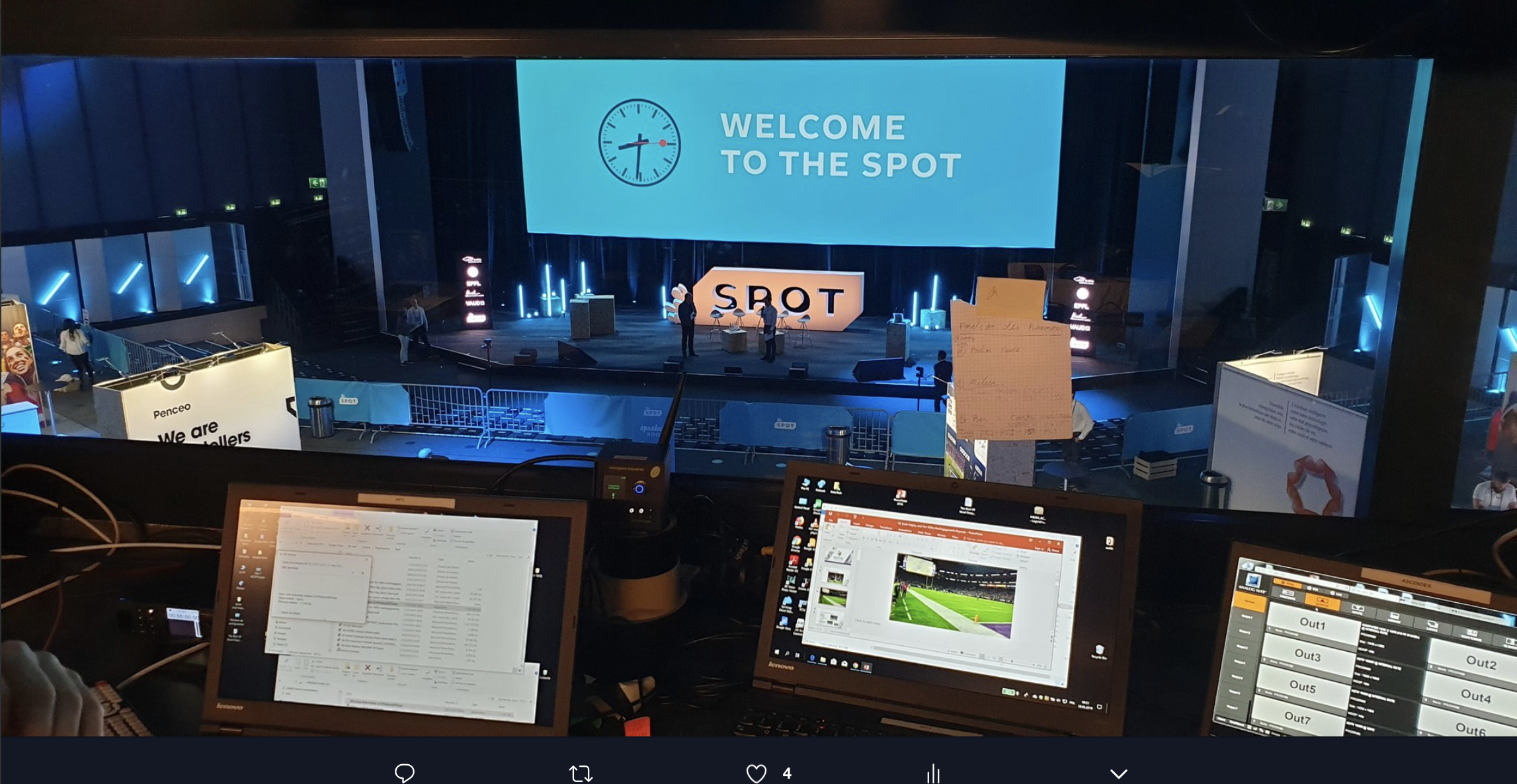
Athlete 2.0
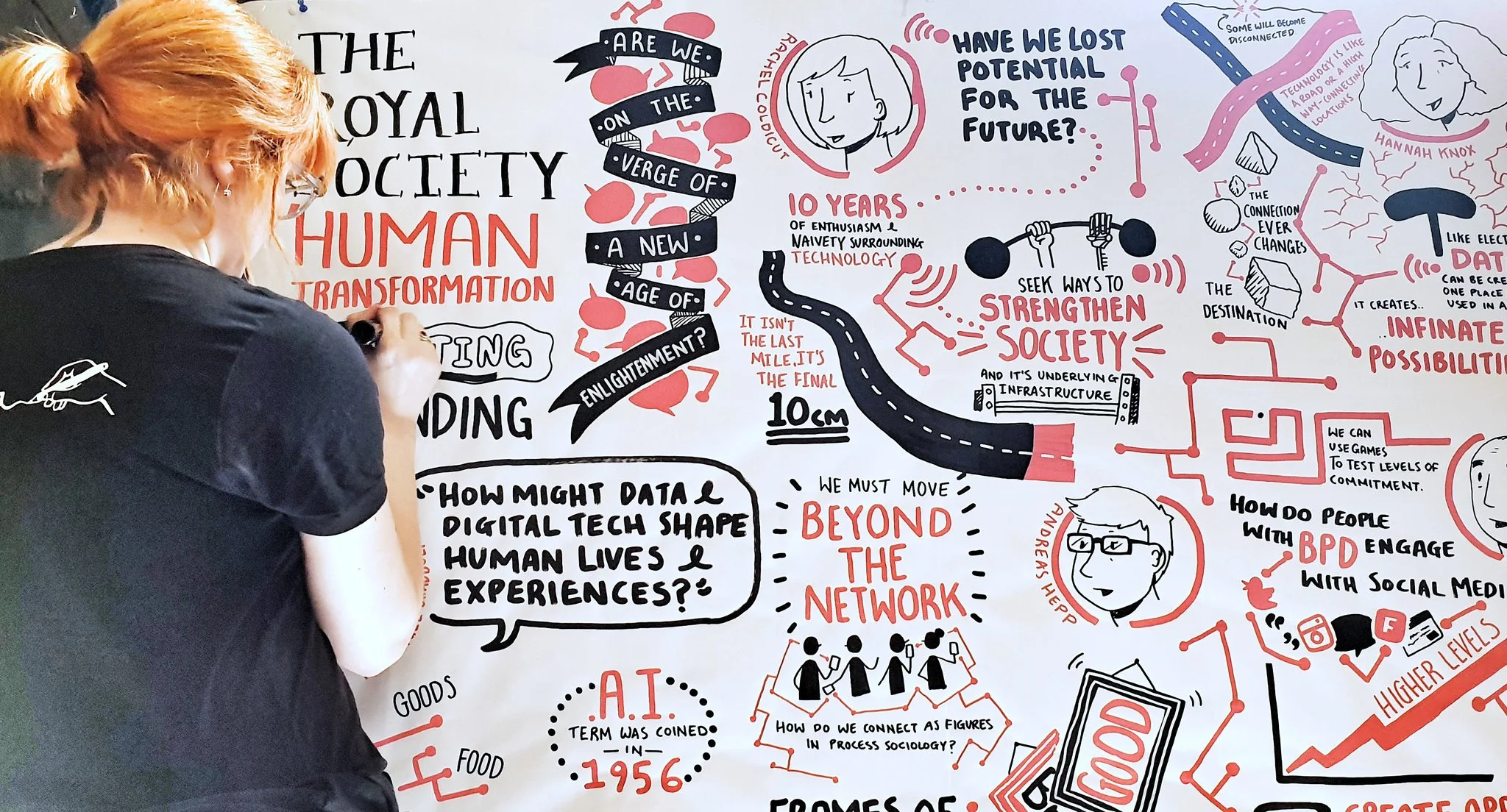
The Royal Society and the Digital Society
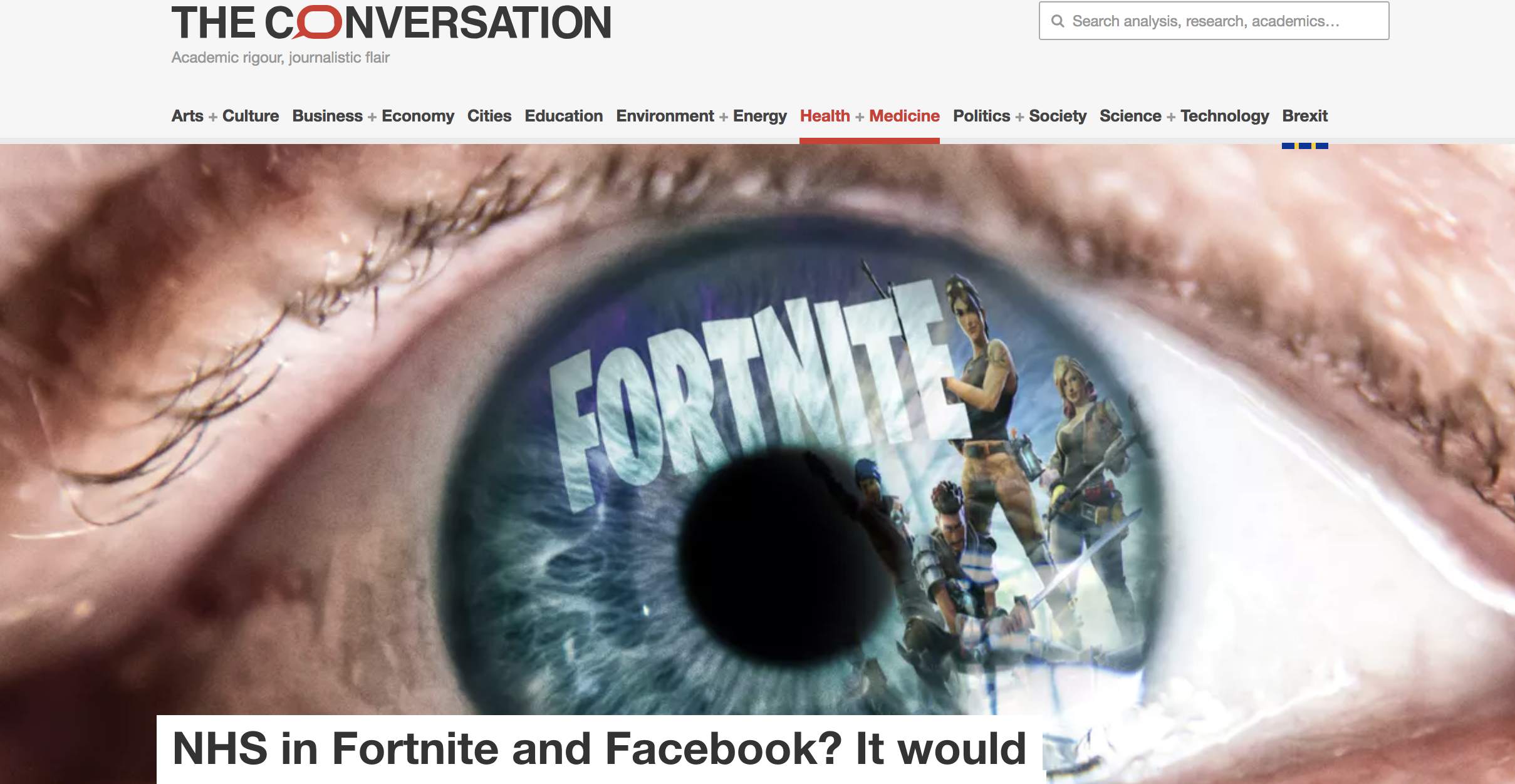
Putting the NHS in Fortnite

The X in Text
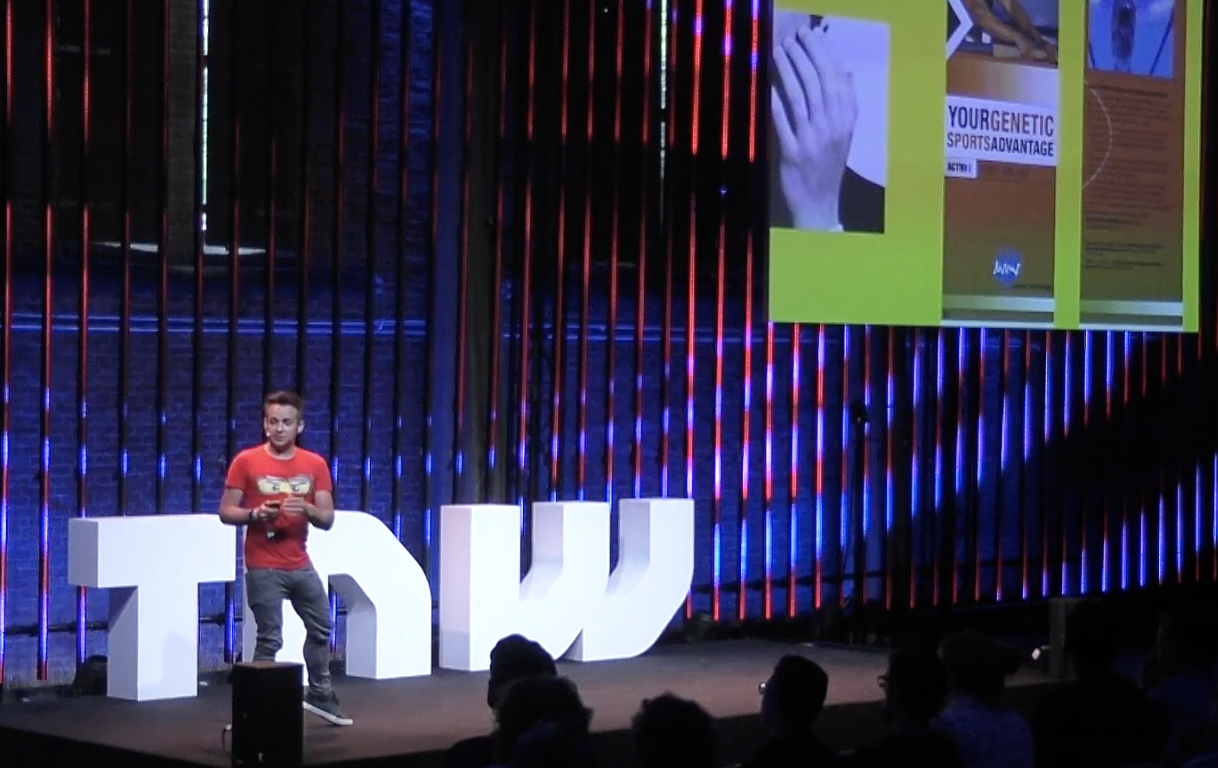
The BioDigital Athlete #TNW2018
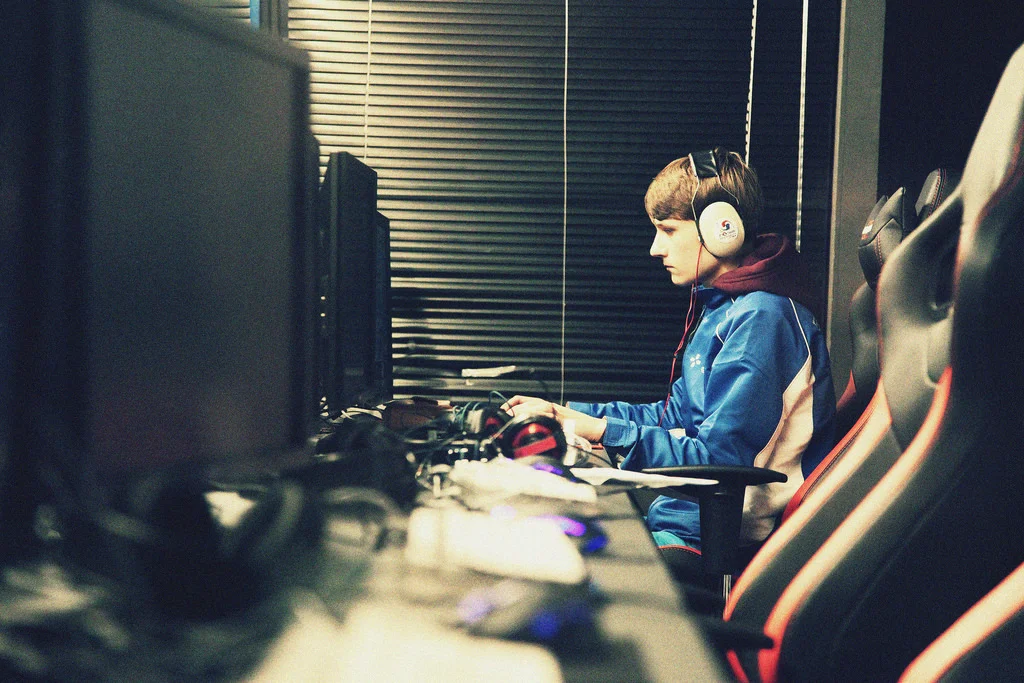
Smart Cities and Sport
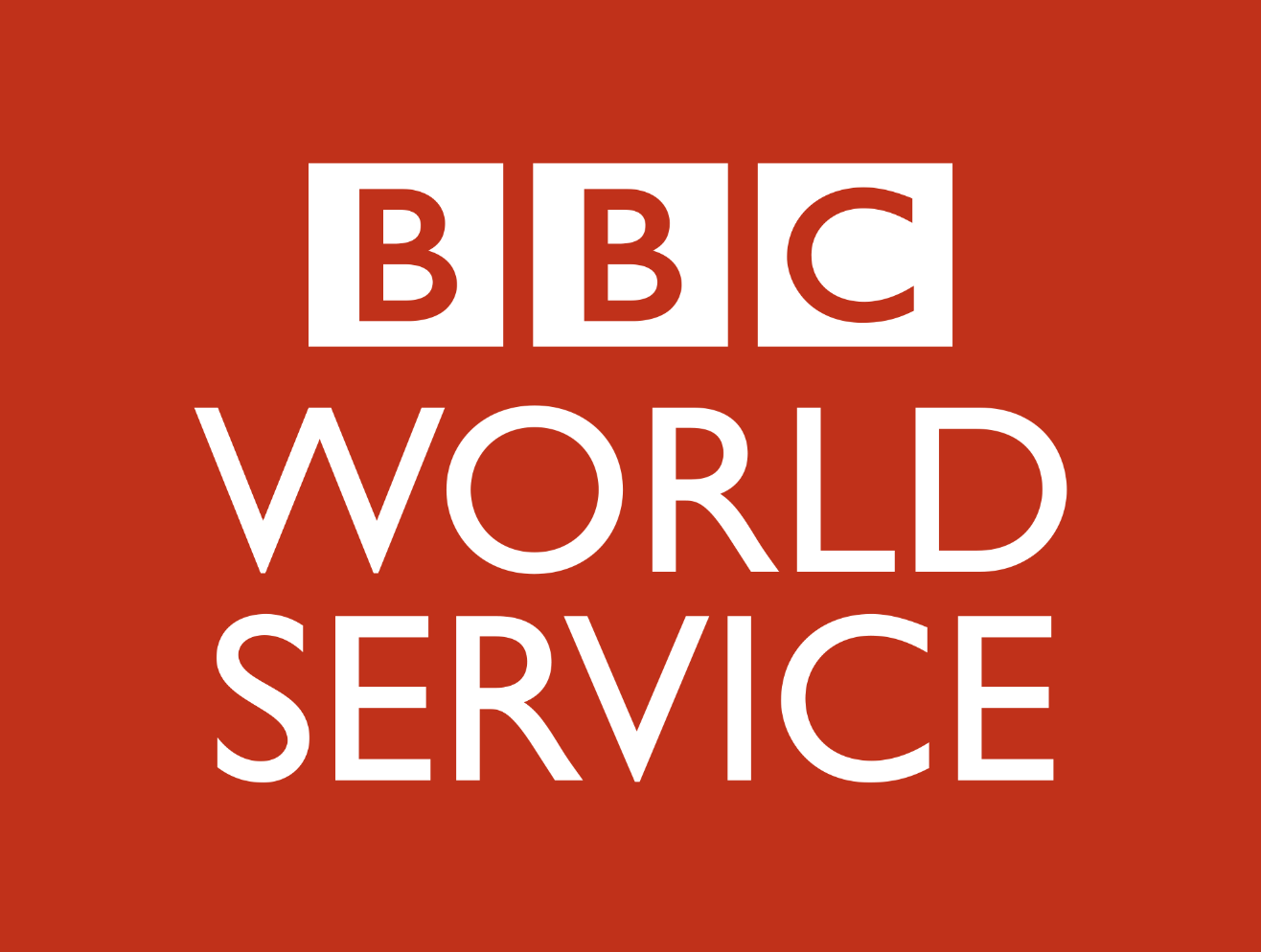
Is the Olympic Ideal over? (No)
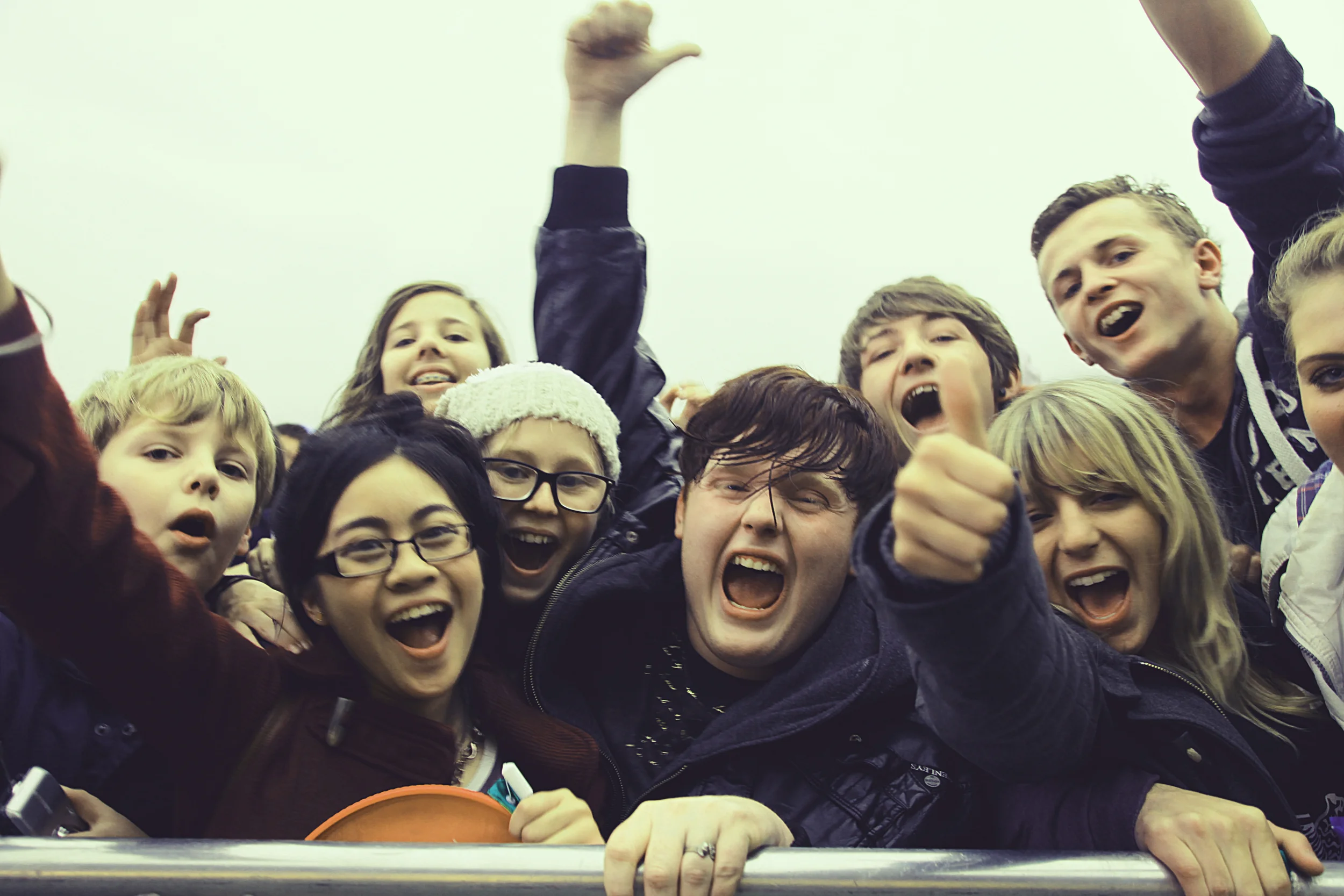
Revision 2.0 - The Top 10 Exam Revision Tips

Leap into Science Blogging

Sport's Digital Revolution

the $50b Mobile Health Industry

The Beautiful Gamers

Can a six-second movie be considered art?

The 360 degree Olympic News Experience

Google Glass Envy

Social Learning 2.0: A New Teaching Ethos for Universities

